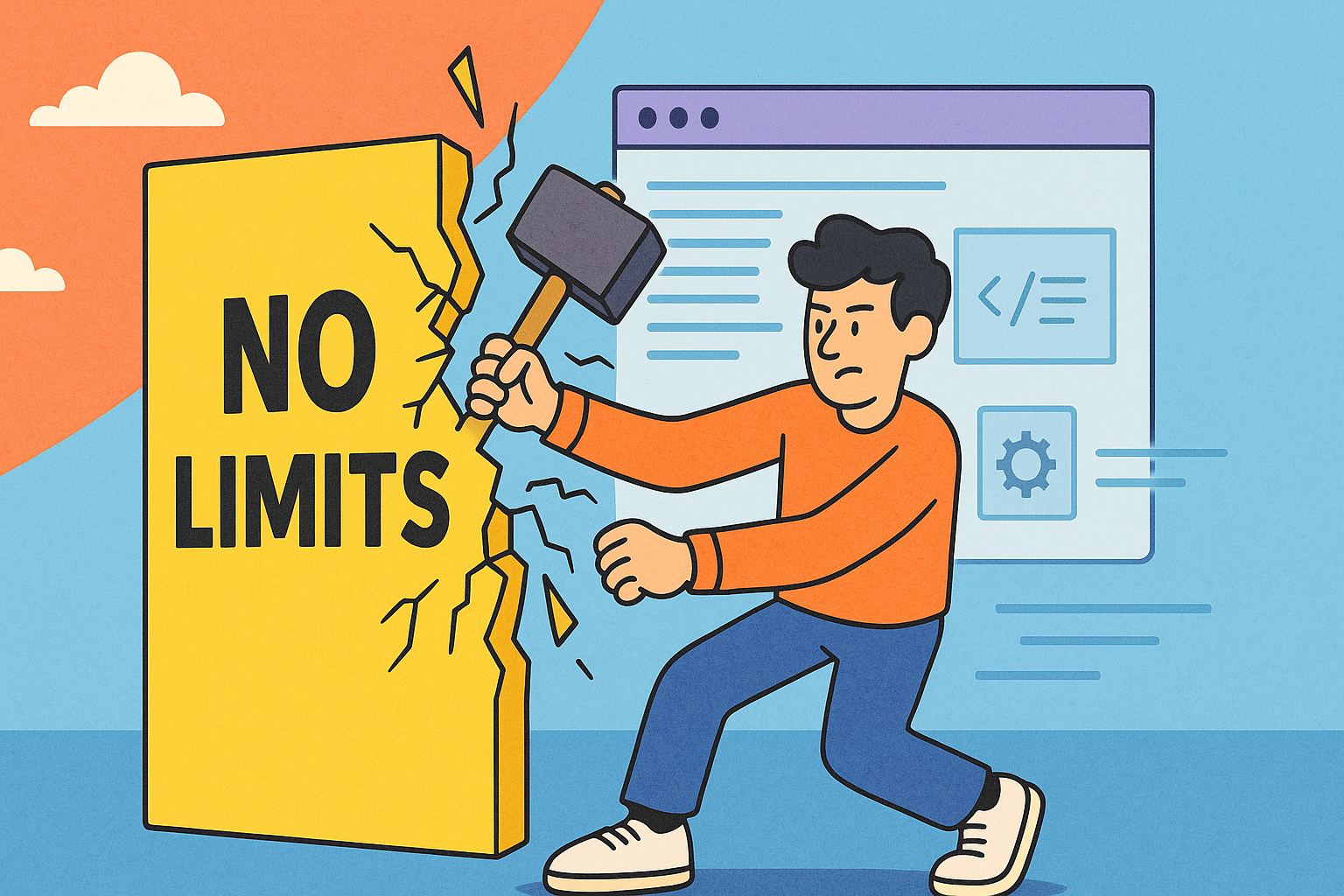In 2019, we launched Martini v1, our integration platform designed to help developers create APIs, integrate applications, manage data, and automate workflows. Built around the concept of low-code services, Martini offered a faster and more efficient way to solve integration challenges. However, our journey was far from over — because our early users had a lot to say.
The Low-Code Foundation of Martini v1
At its core, Martini services were designed as building blocks for developers. Each service had inputs (like method arguments), outputs (similar to return values), and a body where the logic was performed. This body consisted of steps, akin to programming statements, but represented visually as low-code functions. Developers could easily:
- Set and retrieve variable values.
- Iterate over arrays.
- Execute conditional logic, such as if-else and switch-case.
- Invoke external code.
- Reuse services in other services or expose them instantly as REST endpoints.
This approach made Martini services incredibly powerful for integration, data management, and workflow automation. But there was a problem — even though services required little to no code, they still demanded an understanding of programming fundamentals. For seasoned developers, this wasn’t a hurdle. But for teams stretched thin or collaborating with non-technical stakeholders, the learning curve and "programming-like" feel of services created friction.
Listening to the Challenges
Our early users painted a clear picture: companies’ internal development teams were overwhelmed. They were juggling far more projects than their available personnel could handle. They needed tools that were:
- Fast to learn.
- Intuitive to use.
- Flexible enough to meet enterprise-level requirements.
Critically, they also needed tools that facilitated collaboration between developers and non-technical stakeholders. These teams weren’t just building software—they were solving business problems that required input from across the organization. For Martini to truly empower these teams, we had to rethink how our platform worked.
Introducing Workflows in Martini v2
Enter Martini v2 and its game-changing feature: workflows. With workflows, we’ve made integration, data management, and automation more visual and intuitive than ever before. Here’s how:
- Visual Process Representation: Workflows represent processes—whether business processes or logical data flows—as intuitive diagrams. This makes it easier for teams to map out and understand what’s happening at each step.
- Developer-Stakeholder Collaboration: Because workflows are visual, developers can collaborate seamlessly with non-technical stakeholders. Together, they can logically map out a process without getting bogged down in code.
The Role of Services in Martini v2
Services haven’t been deprecated in v2—they remain available for those who need them. You can invoke standalone services and even call services within workflows if required. In the context of a workflow, services act as repeatable smaller processes that can seamlessly integrate into multiple workflows.
However, using services in Martini v2 is entirely optional. For those who prefer a more visual, process-driven approach, workflows provide a comprehensive alternative. Power users, on the other hand, will still appreciate the added flexibility that services bring to the table.
Listening and Adapting
Our development community spoke, and we listened. The introduction of workflows in Martini v2 is a direct response to the feedback we received. Developers now have a tool that not only helps them deliver solutions faster but also enables them to bring non-technical stakeholders into the fold.
The results speak for themselves. With workflows, teams can:
- Develop and deploy solutions more quickly.
- Collaborate effectively across technical and non-technical roles.
- Adapt the platform to meet complex enterprise requirements.
Building for the Future
The journey from Martini v1 to v2 wasn’t just about improving a product. It was about understanding our users’ needs and delivering a platform that truly empowers them. Workflows are just the beginning. As we continue to evolve Martini, our commitment remains the same: listening to our community and building solutions that make their lives easier.
 is now
is now


